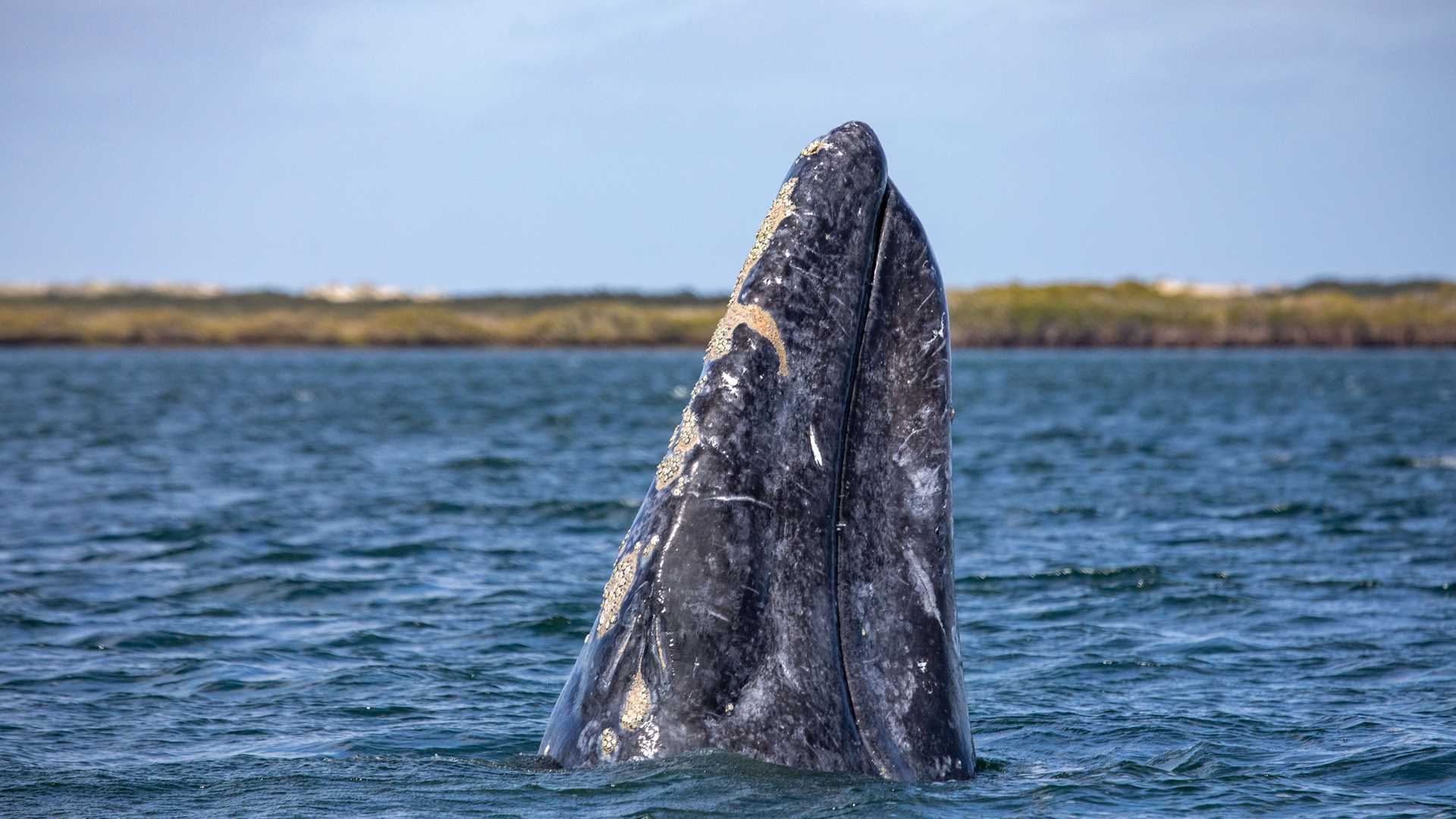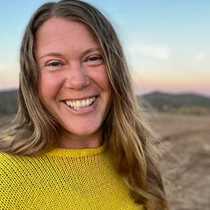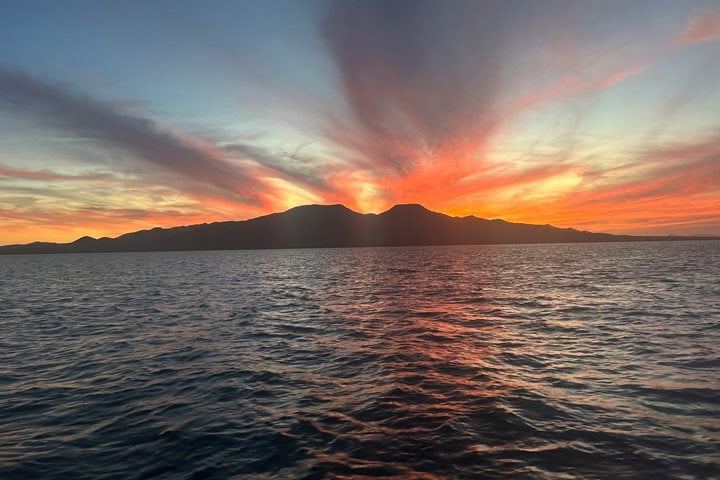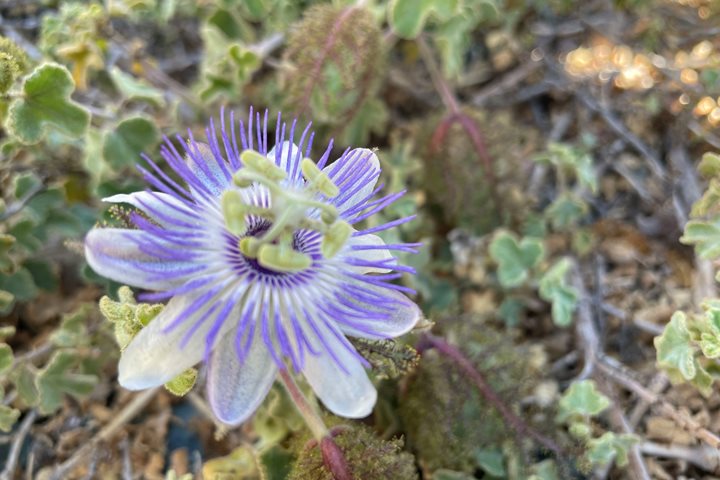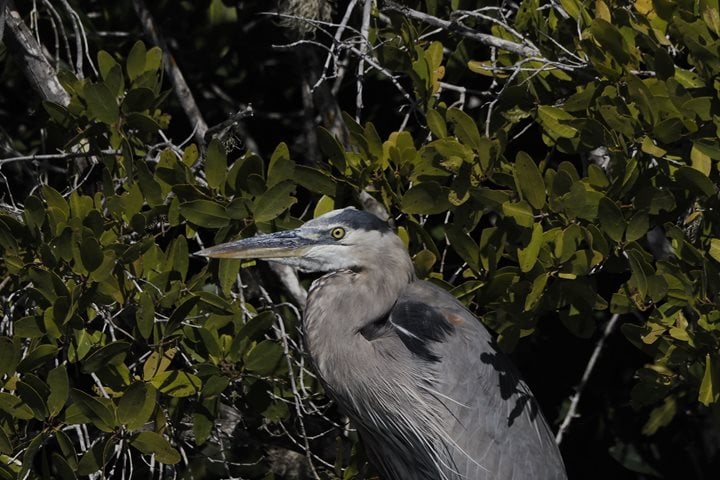Today was our first full day exploring the waters surrounding Puerto Adolfo Lopez Mateos. This morning, we explored south of our anchorage and encountered several mom and calf pairs of gray whales in these protected waters. Other special wildlife encounters included a coyote on the beach, dolphins surfing the wake behind our pangas, and a bald eagle perched on the dunes of Isla Magdalena. After a break for a delicious lunch, we headed back out to explore north of our anchorage. We pulled into the calm waterways of a mangrove forest and sighted a wide diversity of bird species and even an oyster farm run by a local fishing cooperative. Single whales swam around us here and there as we returned to National Geographic Sea Bird. A special cocktail hour awaited us on the shore, complete with a campfire and s’mores. We shared stories of the day and watched the sky erupt in flames of color during sunset – the perfect ending to the day’s adventures!
Call +1.800.397.3348 or contact your travel advisor

